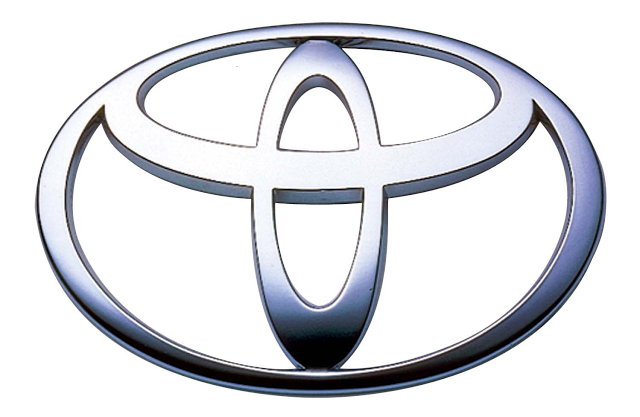
Toyota aims at producing self-thinking cars so that the chances of accident can be minimized as with machines the factor of feelings cannot be related. A human might make mistakes under pressure but that might not be the same for a machine unless it’s an internal problem that the machine is having. Even today, semi-autonomous technologies exist and are gaining prevalence in vehicles today—from adaptive cruise control that can maintain a safe following distance behind a leading car to lane-departure prevention that can steer a vehicle to stay between road stripes. But according to Pratt, getting to this point in advanced driver aid has been the easy part. The hard part is to create a smart machine that can not only react to stimulus, but can also make complex judgments about its environment and interact naturally and in concert with its human driver. This is exactly what Toyota wants to accomplish.
The representatives of the automaker said that it does not necessarily equate artificial intelligence with autonomous driving, but that the two technologies are certainly linked, for example, an autonomous car will need an AI to think its way through inaccuracies with the map data and interaction with pedestrians. Many feel that having an AI besides the driver would actually help the driver a lot and may avoid accidents that are caused due to human error. Professor Daniela Rus of MIT’s Computer Science and Artificial Intelligence Lab suggested that the future AI could notice that the driver has forgotten to call their mother, respond with a remainder and even take over the driving functions for the duration of the call. However, the project will still take years to be usable.




















